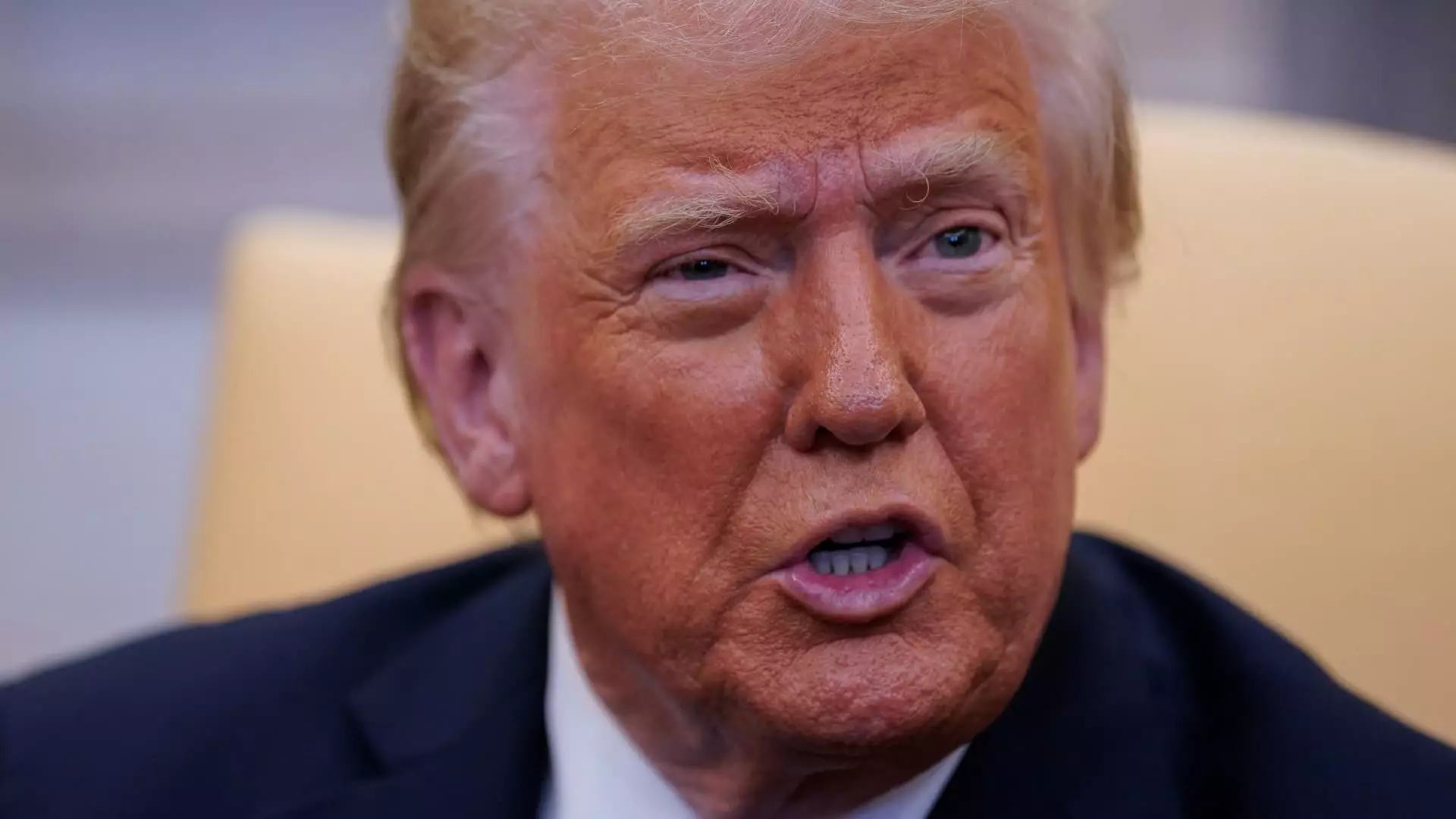In a bold move, former President Donald Trump has reignited discussions surrounding the future of the penny by calling for an end to its production. His reasoning hinges on the assertion that the minting process is not only financially wasteful but also symbolizes a larger issue of government overspending. In a post on Truth Social, Trump stated, “For far too long the United States has minted pennies which literally cost us more than 2 cents.” His directive to halt the creation of this 1-cent coin stirred a mix of intrigue and skepticism regarding the implications for the economy and legislative authority.
Trump’s announcement raises complex legal questions regarding who possesses the authority to halt minting operations. According to the U.S. Constitution, the power to determine coinage primarily rests with Congress, making it unclear whether Trump possesses the legal means to issue such an order. The Secretary of the Treasury does hold certain responsibilities in this realm, but many experts caution that Trump’s proclamation may overstep constitutional bounds. While federal law permits the Treasury Secretary to mint coins as needed, the exclusive authority of Congress remains a contentious point of debate.
Market Repercussions
Market analysts are already theorizing about the ramifications of Trump’s directive. Jaret Seiberg from TD Cowen voiced concerns that a halt to penny production could create a significant shortage in circulation. He predicts that this measure might not only endure judicial scrutiny but could also set in motion a series of events that compel Congress to intervene, potentially leading to a pivotal shift in how currency is utilized in everyday transactions. As the scarcity of pennies increases, merchants could face inflated costs when acquiring coins from financial institutions, further stressing the need for streamlined currency.
The broader implications of this potential cessation go beyond the penny; it may serve as a catalyst for the increasing prevalence of digital payments. Financial institutions like Visa and Mastercard could see heightened demand as consumers adapt to electronic transactions in the absence of physical change. Such a shift would not only modernize payment systems but could also enhance convenience for consumers while diminishing the reliance on a coin that has long been seen as cumbersome and outdated.
It is worth noting that the U.S. Mint has continuously reported that it costs more to produce a penny than the coin’s actual value. Recent statistics from 2024 indicate that the minting cost of a single penny stands at 3.69 cents, marking a troubling trend that has persisted for nearly two decades. This financial inefficiency begs the question: should the United States phase out other low-value coins as well, or is there a more comprehensive solution waiting in the wings?
Trump’s order to cease penny production might symbolize more than just a disgruntlement with government spending. It heralds a potential transformation in how the nation views and utilizes currency, as well as where it augments the ongoing conversation about the relevance and practicality of physical coins in an increasingly digital world. As the debate continues to unfold, the economic landscape may soon witness a significant metamorphosis, prompting fresh perspectives on the need for various denominations in our monetary system.

